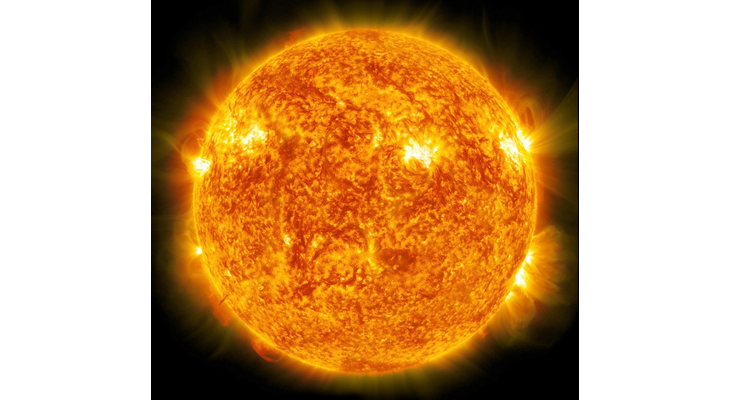Since 1994, May 3rd has been recognized as Sun Day, sometimes called World Sun Day or International Sun Day, in various countries.
The Sun is the nearest star to Earth, with all other stars being immeasurably further away. For instance, the nearest star to our planet, Proxima from the Alpha Centauri system, is located 4.22 light-years from the Sun.
For Earth, the Sun is a powerful source of cosmic energy. It provides the light and heat necessary for the plant and animal world, and it shapes the essential properties of the Earth's atmosphere.
Overall, the Sun determines the ecology of the planet. Without it, there would be no air necessary for life — the air would turn into a liquid nitrogen ocean around frozen waters and icy land. For us Earthlings, the most important feature of the Sun is that our planet formed around it, and life emerged on it.
The Sun, wind, ocean waves, and biomass are energy raw materials that constantly surround us and are easy to use. They do not need to be mined from the ground. They do not lead to the formation of radioactive waste, and they produce virtually no toxic waste. This is renewable energy.
To draw attention to the possibilities of using renewable energy sources and to remind that the Sun is vital for life on Earth, the European Section of the International Solar Energy Society (ISES-Europe) organizes the annual Sun Day on May 3rd on a volunteer basis.
Enthusiasts and professionals, public organizations, and companies from various countries organize events and campaigns related to demonstrating the capabilities of solar energy.









